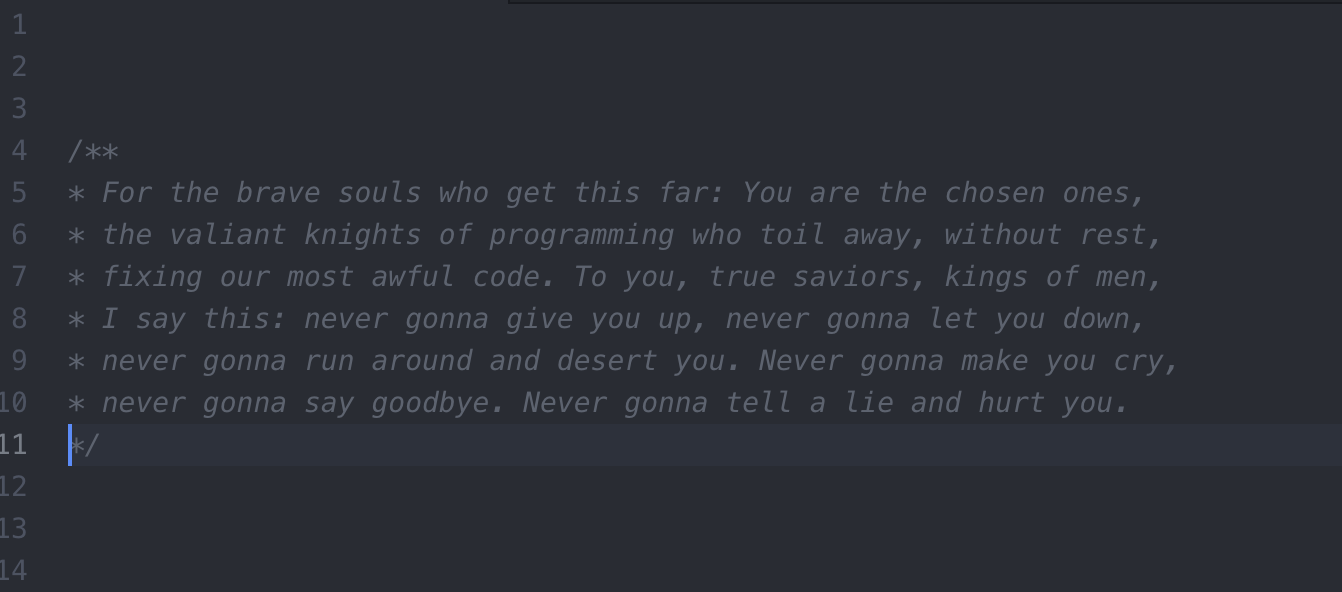Now, metics are not bad. But, they are often used in bad ways.
It might help to be aware of some of the side effects of mismanagement of metrics. From inadvertently creating behaviors that actively work against our best interest, to altering the meaning of the metric, mismanagement can do more harm than good.
The Hawthorne Effect
Western Electric had commissioned an extensive study that ran from 1924 to 1932 at their Hawthorne Works in Cicero, IL. The intent of the study was to determine the impact of ambient lighting on worker productivity. Would employees be more productive under high levels of light or low levels of light? The workers in the factory were divided into two groups based on physical location within the plant. For one group, the lighting was increased dramatically while for the other group (the control) lighting levels remained the same. Researchers found that productivity improved among the group for whom lighting changed whereas the control group had no statistically significant change.
Employee working conditions were then changed in other ways. Working hours were adjusted, rest breaks were changed, floors were rearranged, workstations were kept cleaner, and several other adjustments were made, including returning the lighting back to normal levels and changing practices and policies back to original standards.
With every change, productivity made small improvements. By early 1932, and the end of the studies, the factory productivity was at an all-time high and employee attendance and retention were at record-setting levels. Some groups seemed to do better than others, but across the factory, all measures were improved.
When the studies ended, productivity, attendance, and retention soon returned to original levels.
The key takeaway from the Hawthorne studies is - that which gets measured will improve, at least temporarily. “The Hawthorne Effect” is described as the phenomenon in which subjects in behavioral studies change their performance in response to being observed.
This, at first, seems like a precious nugget of management gold.
Measure productivity.
Make it known.
Ka-Pow! Increased productivity.
The perfect management formula.
But the reality was (and is), that while that which is being measured shows improvement, it does not mean the overall system has improved. Working longer hours can lead to employee fatigue and burn out, as well as lower quality. Lack of attention in areas not measured, such as quality or workplace safety, can lead to other negative outcomes.
If your team is slacking so significantly that merely measuring their velocity can result in a marked increase in velocity with no ill- effects, then you’ve a more serious issue at play than velocity.
What’s more, there is no guarantee that the thing being measured has actually improved. Velocity might have gone up because the team inflated story points. We should rephrase the key takeaway to that which gets measured will (appear to) improve.
This article is an excerpt from the book, “Escape Velocity”, available on LeanPub, Amazon, and elsewhere.





